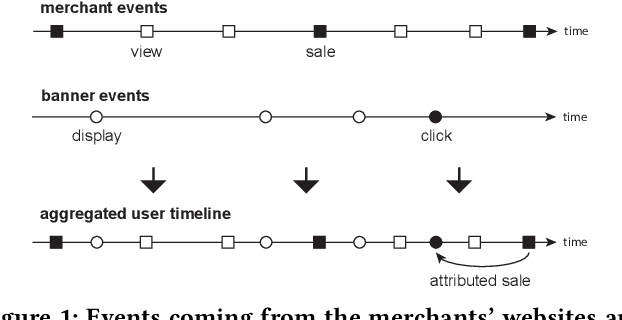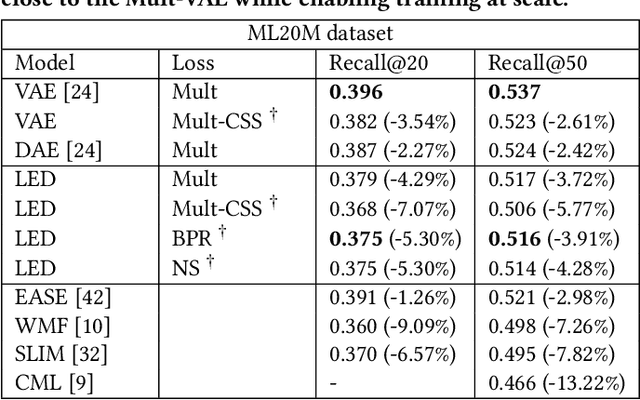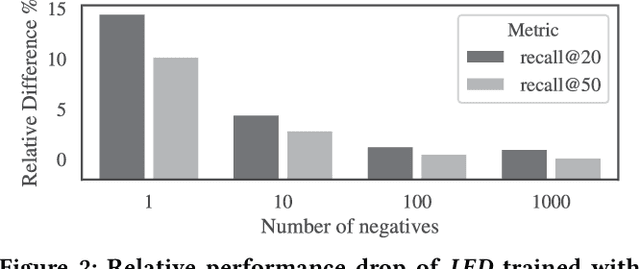Amine Benhalloum
Hyper-VolTran: Fast and Generalizable One-Shot Image to 3D Object Structure via HyperNetworks
Jan 05, 2024



Abstract:Solving image-to-3D from a single view is an ill-posed problem, and current neural reconstruction methods addressing it through diffusion models still rely on scene-specific optimization, constraining their generalization capability. To overcome the limitations of existing approaches regarding generalization and consistency, we introduce a novel neural rendering technique. Our approach employs the signed distance function as the surface representation and incorporates generalizable priors through geometry-encoding volumes and HyperNetworks. Specifically, our method builds neural encoding volumes from generated multi-view inputs. We adjust the weights of the SDF network conditioned on an input image at test-time to allow model adaptation to novel scenes in a feed-forward manner via HyperNetworks. To mitigate artifacts derived from the synthesized views, we propose the use of a volume transformer module to improve the aggregation of image features instead of processing each viewpoint separately. Through our proposed method, dubbed as Hyper-VolTran, we avoid the bottleneck of scene-specific optimization and maintain consistency across the images generated from multiple viewpoints. Our experiments show the advantages of our proposed approach with consistent results and rapid generation.
Offline Evaluation of Reward-Optimizing Recommender Systems: The Case of Simulation
Sep 18, 2022Abstract:Both in academic and industry-based research, online evaluation methods are seen as the golden standard for interactive applications like recommendation systems. Naturally, the reason for this is that we can directly measure utility metrics that rely on interventions, being the recommendations that are being shown to users. Nevertheless, online evaluation methods are costly for a number of reasons, and a clear need remains for reliable offline evaluation procedures. In industry, offline metrics are often used as a first-line evaluation to generate promising candidate models to evaluate online. In academic work, limited access to online systems makes offline metrics the de facto approach to validating novel methods. Two classes of offline metrics exist: proxy-based methods, and counterfactual methods. The first class is often poorly correlated with the online metrics we care about, and the latter class only provides theoretical guarantees under assumptions that cannot be fulfilled in real-world environments. Here, we make the case that simulation-based comparisons provide ways forward beyond offline metrics, and argue that they are a preferable means of evaluation.
Scalable representation learning and retrieval for display advertising
Jan 04, 2021



Abstract:Over the past decades, recommendation has become a critical component of many online services such as media streaming and e-commerce. Recent advances in algorithms, evaluation methods and datasets have led to continuous improvements of the state-of-the-art. However, much work remains to be done to make these methods scale to the size of the internet. Online advertising offers a unique testbed for recommendation at scale. Every day, billions of users interact with millions of products in real-time. Systems addressing this scenario must work reliably at scale. We propose an efficient model (LED, for Lightweight Encoder-Decoder) reaching a new trade-off between complexity, scale and performance. Specifically, we show that combining large-scale matrix factorization with lightweight embedding fine-tuning unlocks state-of-the-art performance at scale. We further provide the detailed description of a system architecture and demonstrate its operation over two months at the scale of the internet. Our design allows serving billions of users across hundreds of millions of items in a few milliseconds using standard hardware.
Trans-gram, Fast Cross-lingual Word-embeddings
Jan 11, 2016



Abstract:We introduce Trans-gram, a simple and computationally-efficient method to simultaneously learn and align wordembeddings for a variety of languages, using only monolingual data and a smaller set of sentence-aligned data. We use our new method to compute aligned wordembeddings for twenty-one languages using English as a pivot language. We show that some linguistic features are aligned across languages for which we do not have aligned data, even though those properties do not exist in the pivot language. We also achieve state of the art results on standard cross-lingual text classification and word translation tasks.
 Add to Chrome
Add to Chrome Add to Firefox
Add to Firefox Add to Edge
Add to Edge